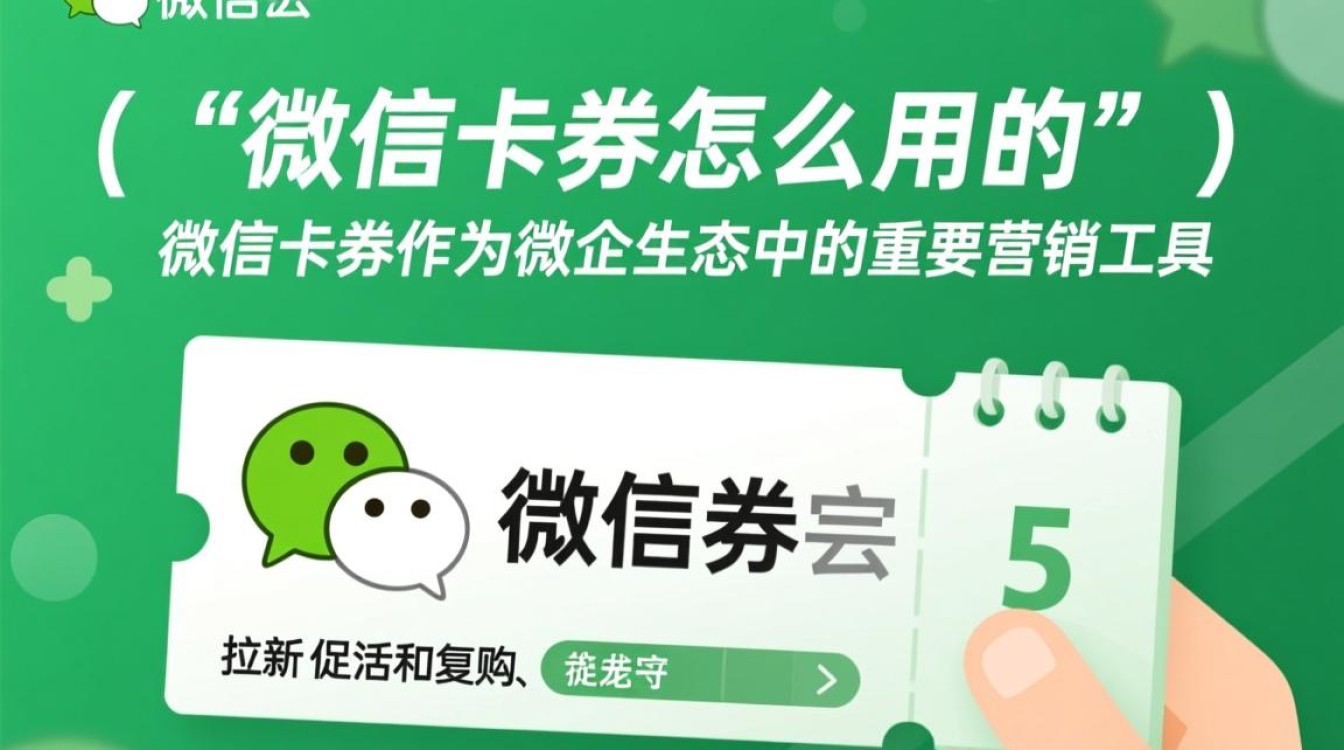在Java开发中,处理List集合去重是一个常见的需求,无论是从数据库查询结果、用户输入还是其他数据源获取的数据,都可能出现重复元素的情况,本文将系统介绍Java中List去重的多种方法,包括基础操作、Stream API应用、第三方工具支持以及性能优化建议,帮助开发者根据实际场景选择最合适的解决方案。

基础方法:使用Set集合去重
Set集合本身不允许重复元素,这是Java中实现List去重最直接的方式,通过将List转换为Set,再转回List,可以快速去除重复数据,以下是具体实现代码:
List<String> listWithDuplicates = Arrays.asList("A", "B", "C", "A", "B");
Set<String> set = new HashSet<>(listWithDuplicates);
List<String> uniqueList = new ArrayList<>(set);
这种方法的时间复杂度为O(n),因为HashSet的插入操作平均为O(1),但需要注意,HashSet不保证元素的顺序,如果需要保留原始顺序,可以使用LinkedHashSet:
Set<String> linkedHashSet = new LinkedHashSet<>(listWithDuplicates); List<String> orderedUniqueList = new ArrayList<>(linkedHashSet);
LinkedHashSet在去重的同时维护了插入顺序,适合需要保持原始数据场景的应用。
Stream API去重(Java 8+)
Java 8引入的Stream API为集合操作提供了更简洁的语法,利用Stream的distinct()方法可以轻松实现去重:
List<String> uniqueList = listWithDuplicates.stream()
.distinct()
.collect(Collectors.toList());
这种方法代码简洁,且能保持原始List的顺序,distinct()方法内部使用HashSet来检测重复元素,时间复杂度同样是O(n),如果需要根据对象的某个属性去重,可以使用:
List<User> users = ...; // 假设User类有id属性
List<User> uniqueUsers = users.stream()
.collect(Collectors.toMap(User::getId, user -> user, (existing, replacement) -> existing))
.values()
.stream()
.collect(Collectors.toList());
这种方式通过Collectors.toMap的合并函数实现去重,适合复杂对象场景。
手动实现去重算法
在某些特殊场景下,可能需要手动控制去重逻辑,可以通过遍历List并使用辅助集合来实现:

List<String> uniqueList = new ArrayList<>();
Set<String> seen = new HashSet<>();
for (String item : listWithDuplicates) {
if (seen.add(item)) {
uniqueList.add(item);
}
}
这种方法的优势在于可以灵活添加自定义去重条件,例如基于对象的多个属性组合判断:
if (seen.add(user.getId() + ":" + user.getName())) {
uniqueList.add(user);
}第三方工具库支持
实际开发中,Apache Commons和Guava等工具库提供了更丰富的去重功能,使用Apache Commons Collections:
List<String> uniqueList = new ArrayList<>(new ListUtils.UnmodifiableList<>(listWithDuplicates));
更常用的是Guava的Lists工具类:
List<String> uniqueList = Lists.newArrayList(Sets.newLinkedHashSet(listWithDuplicates));
这些工具库经过充分优化,性能稳定,适合大型项目使用。
性能优化与注意事项
在选择去重方法时,需要考虑数据规模和性能要求,对于小数据量(万级以下),各种方法性能差异不大;对于大数据量,建议使用HashSet或Stream API,避免使用嵌套循环等O(n²)复杂度的方法。
内存使用也是重要考量因素,当List元素为对象时,HashSet会存储对象的引用,如果对象体积较大,可能占用较多内存,此时可以考虑使用Guava的BloomFilter进行概率去重,虽然有一定误判率,但内存占用更小。
对于并发场景,可以使用ConcurrentHashMap替代HashSet:

List<String> uniqueList = new ArrayList<>();
ConcurrentHashMap<String, Boolean> map = new ConcurrentHashMap<>();
listWithDuplicates.forEach(item -> {
if (map.putIfAbsent(item, Boolean.TRUE) == null) {
uniqueList.add(item);
}
});
去重后的数据验证
去重完成后,建议进行数据验证以确保结果正确,可以通过比较去重前后的List长度或使用断言检查:
assert uniqueList.size() == new HashSet<>(listWithDuplicates).size();
对于业务关键数据,还可以编写单元测试覆盖各种边界情况,如空List、全重复List、无重复List等。
实际应用场景分析
在Web开发中,去重常用于处理用户提交的标签列表;在数据处理中,用于合并多个数据源的重复记录;在缓存系统中,用于避免重复加载相同数据,电商平台的商品搜索结果去重:
List<Product> searchResults = productService.search(keyword);
List<Product> uniqueResults = searchResults.stream()
.filter(distinctByKey(Product::getId))
.collect(Collectors.toList());
public static <T> Predicate<T> distinctByKey(Function<? super T, ?> keyExtractor) {
Map<Object, Boolean> map = new ConcurrentHashMap<>();
return t -> map.putIfAbsent(keyExtractor.apply(t), Boolean.TRUE) == null;
}
Java List去重有多种实现方式,开发者应根据具体需求选择合适的方法,基础Set转换适合简单场景,Stream API提供更灵活的操作,手动实现适合特殊逻辑需求,第三方工具库则提供了稳定可靠的解决方案,在实际应用中,还需综合考虑性能、内存和并发等因素,确保去重操作既高效又可靠,通过合理选择和优化,可以有效提升数据处理的质量和效率。








































